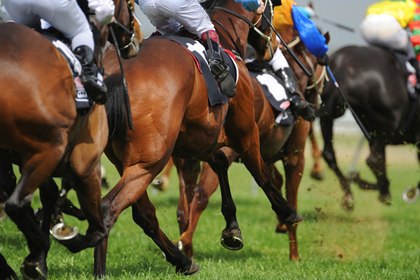Gluck Center, Hagyard to Host Mary Passenger Lecture
Topics will include the horse’s upper airways, lameness diagnosis, and preventing injuries in equine athletes.
Topics will include the horse’s upper airways, lameness diagnosis, and preventing injuries in equine athletes.

Findings from a recent study show that 70% of injuries recorded over a 14-year period were minor and not career-ending.

Of the 1,452 respondents 579 (40%) said they occasionally treat their horse to apples or carrots.

Based on study results, researchers believe short trips likely have limited implications for healthy horses.

Drs. Liz Arbittier and Jessica Morgan will provide tips to help owners improve their lameness identification skills.
Researchers identified a plausible link between equine atypical myopathy and sycamore maple seed ingestion.
Dr. Kathryn Wulster will use advanced imaging systems, including MRI, CT, and robotics-controlled imaging.

The team tested how much pressure compression and standing wraps exert–and with what consistency–on horses’ legs.

Researchers believe they’re honing in on why these horses are more likely to finish races than those in other countries.
Top take-homes from presentations on regenerative medicine, eye issues, racing performance and injuries, and more.

Studying diseases across species can benefit horses as well as people.

Researchers stressed the importance of postoperative diet, hygiene, and medications for a successful outcome.

Only enlarged proximal sesamoid bones were identified as being a risk for delaying a 2-year-old’s first start.

The degree of hypertension some study horses developed could possibly result in serious complications, scientists found.

Researchers observed a decrease in the fecal microbial diversity in EMS horses compared to metabolically normal horses.

Your veterinarian will decide which NSAID is best for your horse. Always adhere to his or her administration guidelines.
Stay on top of the most recent Horse Health news with
"*" indicates required fields